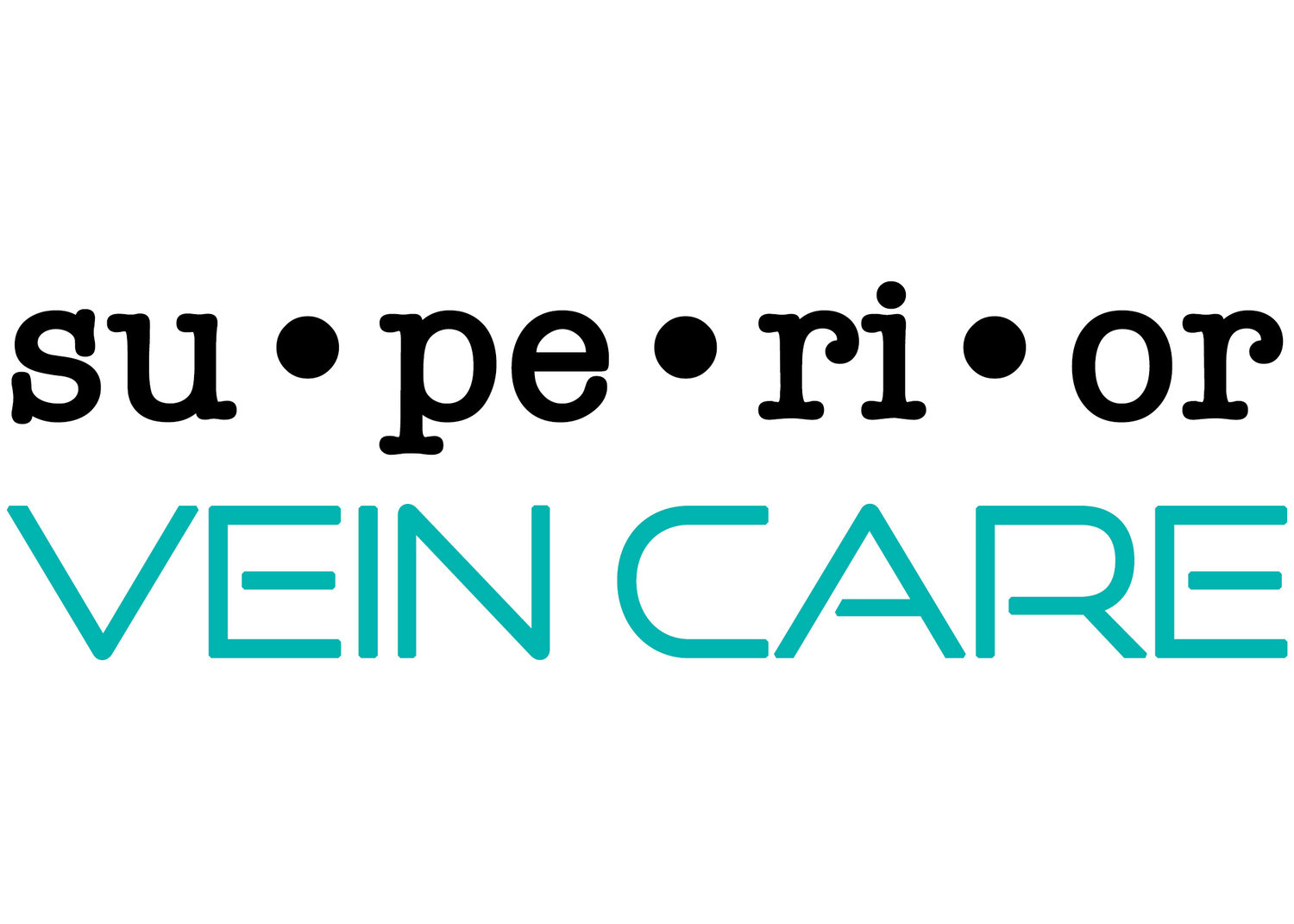diagnosis + treatments
• Innovative treatment options that are simple, fast and effective.
• Expert care provided by a board certified physician.
diagnostIc ultrasound
Ultrasound examination is the gold standard diagnostic test for venous disease. It provides a visual window, revealing the diseased, leaking veins beneath the skin’s surface. The diagnostic information from the ultrasound is essential to determine the exact anatomy of your varicose veins and enable us to customize a treatment plan for your individual needs. This painless, non-invasive test is usually a covered benefit through your health insurance plan, which we can help you determine.
compression therapy
Compression stockings are a conservative form of therapy for patients with varicose veins and other signs and symptoms of venous insufficiency. These symptoms may include pain, aching, swelling, itching, burning, heaviness, swelling, cramping and in the more advanced stages skin discoloration and thickening of the skin around the ankles, and even ulcerations (open wound). Compression hose should be specifically measured for the individual patient. They are available in a variety of lengths (knee, thigh, or panty) as well as a variety of colors. Most insurance companies require a trial of compression stocking therapy (class II 20-30 mmHg) before one can be considered for more definitive therapy of vein problems.
Closure™ radiofrequency ablation
Endovenous ablation, a FDA-approved procedure, is not new and has been utilized since the late 1990’s. Endovenous ablation uses either radiofrequency energy (Closure™) or LASER energy delivered through a thin catheter to heat and treat the diseased varicose veins. Performed with ultrasound guidance and using tumescent (diluted local) anesthesia, this process is a gentler, minimally invasive approach than the previous procedure of open surgery which it has replaced. Endovenous ablation allows treatment of leaking veins by sealing them with heat, rather than stripping the veins out of the leg. With endovenous Closure™, there are no formal incisions, minimal discomfort, and virtually no scarring.

